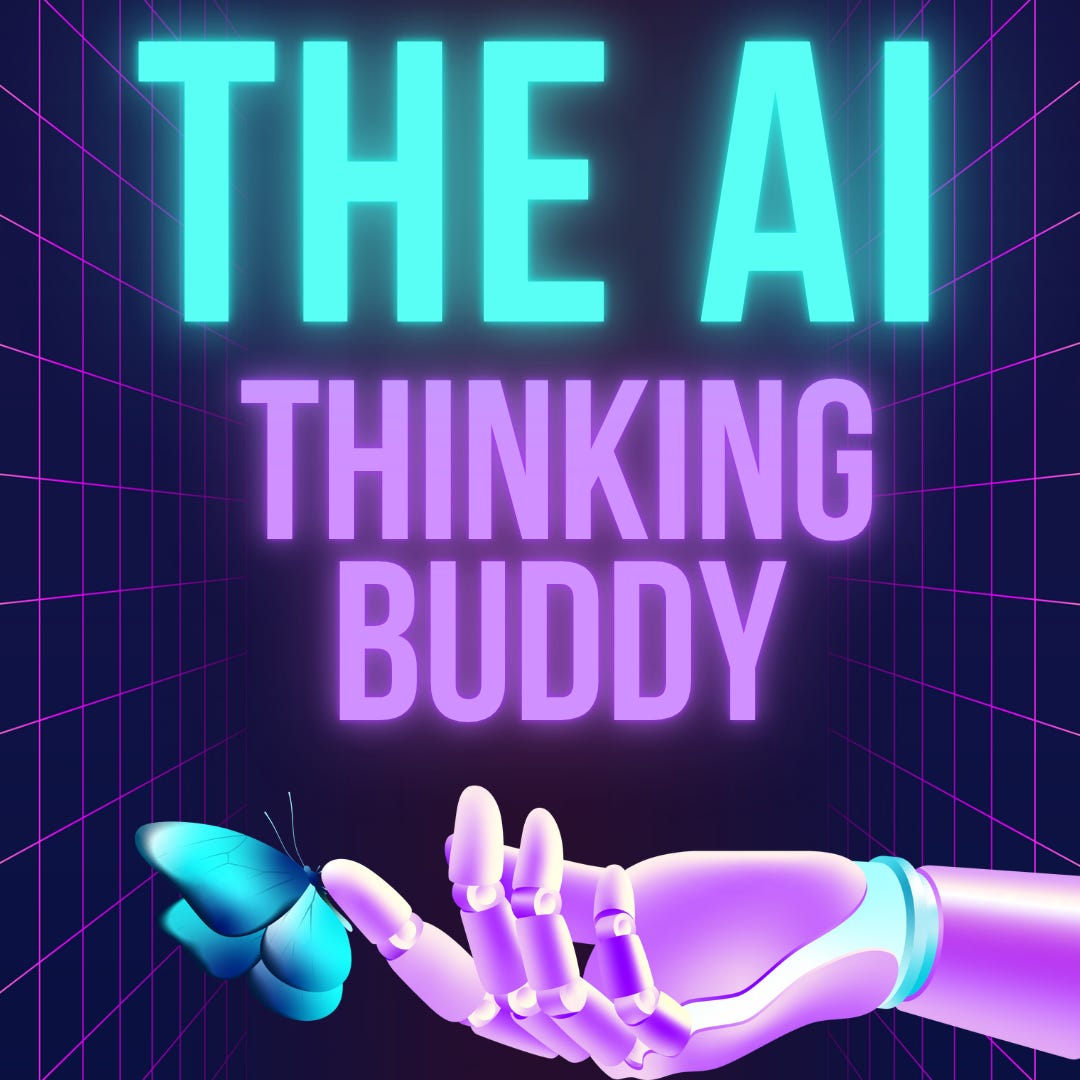The AI Thinking Buddy: How I Use ChatGPT to Learn, Reflect, and Grow
Generative AI is here to stay, so why not learn to grow with it instead of being swept away by it?
It is here to stay, and that’s exactly why I use ChatGPT, not as a crutch, but as a thinking partner.
We can’t fully rely on AI to do our thinking for us. But we can use it to think more clearly, reflect more often, and generate better ideas than we might come up with alone.
For me, it’s like having a journal that talks back. One that doesn’t just listen,…


